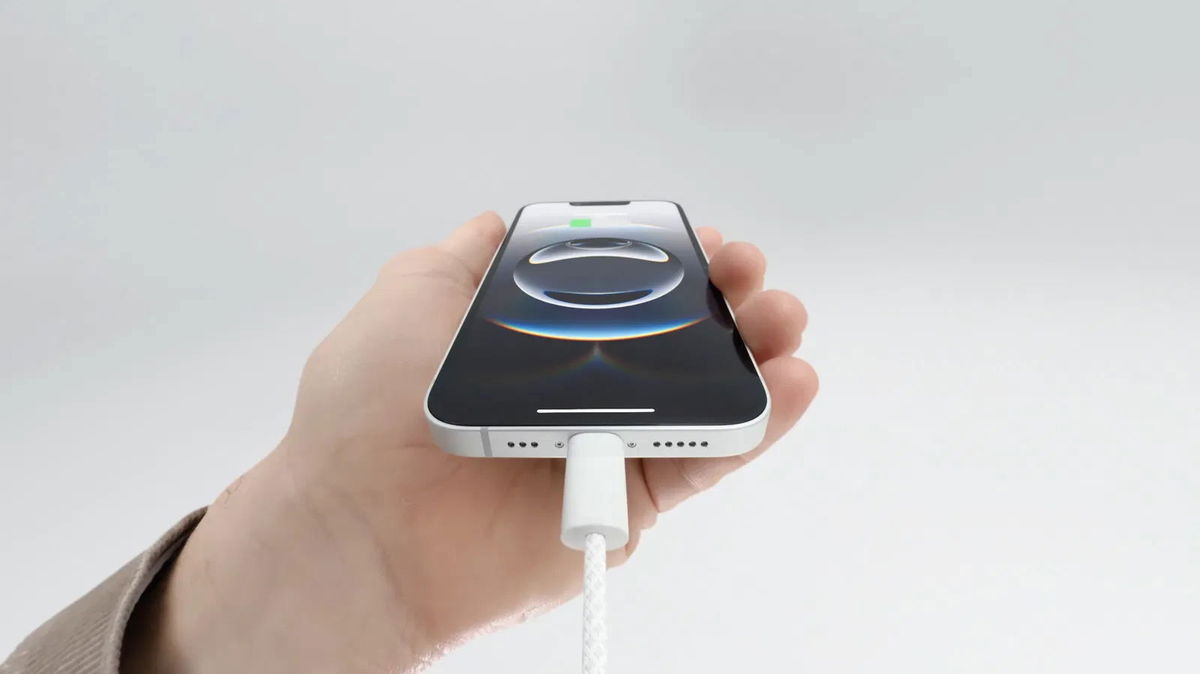Creatine is naturally found in human muscles and the brain. It increases levels of phosphocreatine, which helps produce adenosine triphosphate (ATP). ATP provides the energy that muscles need to contract. Creatine is produced in the body (about 1-2 g of this substance is produced per day) and is consumed with food, but in small amounts.
A 1999 study showed a 32 percent increase in weight lifted after taking creatine compared to a placebo group over a 12-week training period. Additionally, a 2017 study showed that people’s muscle mass increased by 7.2 percent over an eight-week period.
Our brain at rest uses 20% of all energy. Studies show that high daily doses of creatine can improve cognitive functions such as memory, processing speed, executive performance, and athletic performance.
Preliminary evidence also suggests that creatine may improve concussion recovery to some extent in youth. Creatine levels in the brain and muscles are known to decline with age.
However, it is important to understand that creatine has side effects. The most common is weight gain. This is caused by water retention.
Creatine also causes kidney damage, but this does not happen if you take it in recommended doses.
News materials are not equivalent to a doctor’s prescription. Consult a specialist before making a decision.
Source: Ferra
I am a professional journalist and content creator with extensive experience writing for news websites. I currently work as an author at Gadget Onus, where I specialize in covering hot news topics. My written pieces have been published on some of the biggest media outlets around the world, including The Guardian and BBC News.












